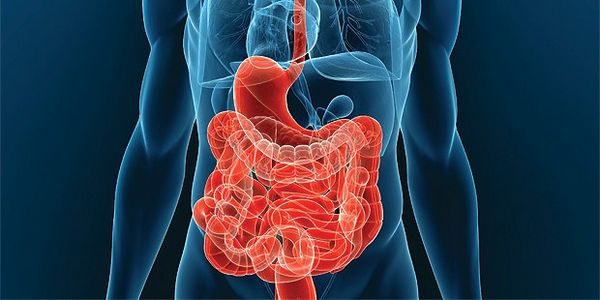Megacolon – treatment of disease. Symptoms and prevention of diseases of Megacolon

Megacolon – What is this disease? Megacolon-congenital or acquired hypertrophy of the entire colon or its separate parts. Megakolona clinic includes persistent constipation, flatulence, an increase in stomach, kalovuju intoxication, transient bouts of intestinal obstruction.
Megacolon – The cause of the
Congenital megacolon is caused by the lack or deficitarnost'ju peripheral receptors, violation of conductivity on the nervous system, that develop as a result of violation of the migration of neurons during embryogenesis. Causes of megakolona purchased may make toxic nerve plexus in the wall of the colon, CENTRAL NERVOUS SYSTEM dysfunction in Parkinson's disease, injury, tumor, CVIS, SCAR contractions, medicinal constipation, collagenoses (Scleroderma, etc.), gipotireoz, intestinal amyloidosis, etc. These factors cause a violation of the motor function of the large intestine during a contraction and organic its lumen.
Megacolon – Symptoms
Severity and clinical megakolona are directly related to the length of the affected Division and compensatory possibilities of an organism.
Congenital megakolone with the first days or months of life there is no independent chair, develops flatulence, increased abdominal circumference, increasing chronic kalovaja intoxication. Occasionally vomiting bile mixed with. Bowel movements occurs only after the introduction of the vapour tube, perform cleaning or siphon enema. For bowel movements characteristic smell, contents of mucus, blood, undigested food particles. In children with megakolonom there has been a depletion of, lagging physical development, anemia.
Progressive chronic constipation and intestinal bloating during megakolone lead to thinning and sagging abdominal wall, formation, the so-called, "belly ljagushach'ego». Through the front abdominal wall can be observed in the intestinal loops of bloated peristalsis.
Enlargement and swelling of the colon when megakolone is accompanied by a high-standing dome diaphragms, reduction of respiratory excursion light, the offset of the mediastinum, change the size and shape of the chest (barrel-shaped rib cage). Against this backdrop, develops cyanosis, breathlessness, tachycardia, recorded changes on electrocardiogram, conditions are created for recurrent pneumonia and bronchitis.
Megacolon – Diagnostics
Megacolon is diagnosed with x-ray methods (radiography review, irrigoscopy), Endoscopic studies (rectoromanoscopy, Colonoscopy, Biopsy), manometry.
Megacolon – Types of disease
Megacolon can be congenital or acquired origin.
Congenital megacolon (Hirschsprung's disease) characterized by agangliozom – lack of nerve plexus of the inside wall of the colon Department rektosigmoidal'nogo. To emit various forms of factor jetiologicheskomu megakolona: aganglionarnyj (Hirschsprung's disease), idiopathic (35 %), obstructive (8-10 %), psychogenic (3-5 %), endocrine (1 %), toxic (1-2 %), neurogenic (1%) megacolon.
On the localization and the length of the plot distinguishes rectal hypertrophy, rektosigmoidal'nuju, segmentarnuju, subtotal'nuju and total form megakolona.
The clinical course of megakolona can be compensated (chronic), subkompensirovannym (Subacute) and Decompensated (heavy).
Megacolon – Treatment
Treatment of megakolona surgery, is the extended plot resection of the colon.
Megacolon – Complications
The most frequent complications are peritonitis, cicatricial stenosis of anastomosis, incontinence of feces and urine.
Megacolon – Prevention
For preventive measures, you must:
- avoid stress and nervous anxiety;
- observe the rules of good nutrition;
- follow Chair in adults and young children;
- undergo prophylactic medical examination of proctologist if there are chronic inflammatory diseases.
